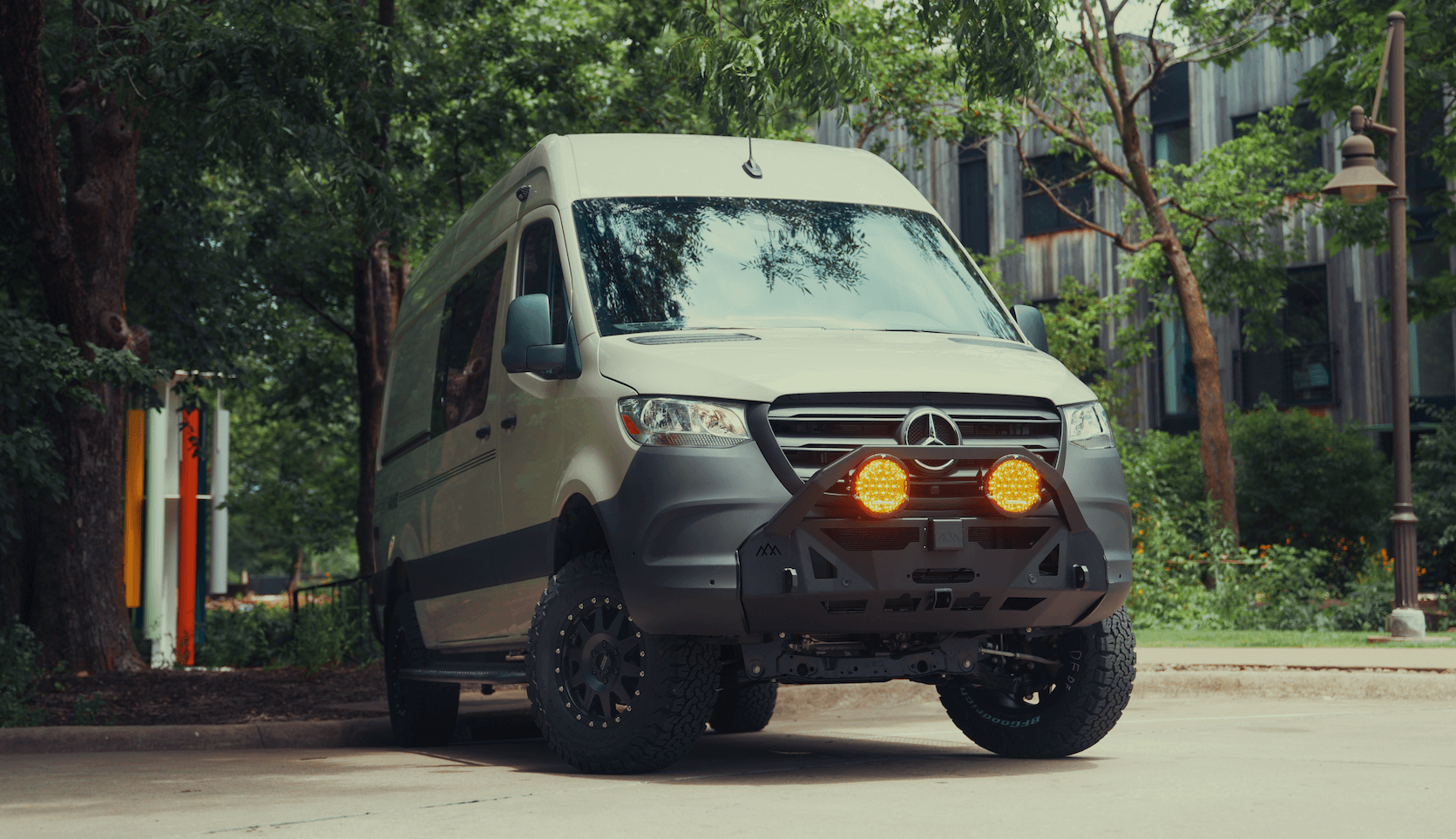Recreational Vans

Route guides by weather windows turn the forecast into a map. Instead of picking a destination and hoping for luck, you plan around the natural rhythm of seasons, storms, and temperature swings. The aim is simple. Arrive when conditions are friendly and leave before they turn. This reduces white knuckle driving, yields better trail surfaces, and eases camp setup.
A weather window is a period when risk and discomfort drop. In the desert that might be cool mornings, calm winds, and stable high pressure. In the high country it could be post snowmelt weeks with dry trails and safe river crossings. Along coasts you may target stretches between rain cycles with gentle breezes and clear visibility. Each region has its own clock, and the smart traveler listens.
Elevation matters as much as latitude. A pass at nine thousand feet can be a different planet than a valley town only an hour away. Aspect matters too. South facing slopes warm quickly and shed snow earlier than shaded north faces. Wind is another key. Strong winds raise chill, kick up dust, and punish fuel economy, while gentle breezes ventilate campsites and keep bugs away.
The craft is predictive, not reactive. You scan climate normals for broad timing, then use short range forecasts to thread the needle. Blend long range outlooks with local alerts. Build a flexible loop with bailouts and layover options. The payoff is consistent comfort and more time outside doing the thing you came to do.
Think of the continental US as a moving stage. In winter, the Southwest shines. Low desert offers crisp days, cold nights, and low storm risk. Early spring brings bloom season across Sonoran and Mojave regions with cool hiking temperatures. As heat rises, shift to the Colorado Plateau where high desert elevates comfort and monsoon timing becomes the focus.
Late spring into early summer is mountain ramp up. Snowlines creep upward, dirt roads open in segments, and rivers run high. By midsummer, alpine basins stabilize, high passes clear, and wildfire outlooks shape the day’s plan. When smoke builds in one range, coastal or northern routes can provide relief. Come early fall, the Rockies and high desert settle into cool stable patterns with brilliant foliage and fewer storms.
Sample loop concepts:
Timing aids:
Hazards to watch:
Weather windows do not require perfect forecasts. They require thresholds and options. Set personal guardrails like max gusts for highway driving, minimum overnight temperatures for comfort, or a ceiling for heat index. If a forecast crosses a line, you reroute or lay over. This turns uncertainty into a simple decision tree.
Use a layered tool stack:
Trip tactics that work:
Pair national sources with local voices. NOAA point forecasts and radar are foundational. State DOT webcams show actual surface conditions. Avalanche and mountain weather services inform high routes. River gauges tell you when crossings are sensible. Social and forum reports add color but verify with hard data before you commit.
Pre write what if moves. If a cold front arrives early, drop to lower elevation shrubs and slickrock. If smoke drifts in, steer toward coast or north woods. If a long rain hits clay roads, swap to gravel corridors and pavement connectors. A written playbook cuts decision fatigue when the sky changes its mind.
Windows are about risk management. Reduce exposure to high wind, ice, flash flood, lightning, and smoke. Comfort follows. Better sleep, reliable cooking, and dry gear boost morale and keep the trip on track.
A route plan sings when your rig can meet the forecast. Prioritize insulation, ventilation, heating, cooling, and power management that match your climate targets. Good airflow removes moisture on cold nights. Efficient heat tames shoulder season snaps. Reliable cooling and shade strategies make summer stops enjoyable. Lighting, racks, and storage keep camp setup quick when weather is closing.
If you want a build designed around real world windows, explore our recreational adventure vans here: recreational adventure vans. Need a ground up approach tailored to your routes, sports, and seasons? See our approach to custom build vans. Looking for a finance friendly platform to start your journey now? Browse mainstream vans.
What we tune for weather windows:
We build around how you travel, not just how a van looks parked at a trailhead. Share the windows you plan to chase and we will design for them, from the power budget to the airflow path to the cargo that supports your sport and season.
Your routes deserve comfort that rides with you. If you are ready to time trips to the best weather and leave stress behind, let us configure a rig that thrives in changing conditions. Start the conversation and turn forecasts into smooth miles. Explore recreational adventure vans, learn about our custom build vans, or consider our mainstream vans to get rolling.
Ready to travel when the weather says go, not when gear limitations say stop? Tell us how you roam and we will design a van that stays comfortable across shifting seasons. Start with a discovery call and see options for power, heating and cooling, storage, and off grid systems that keep your route windows wide open.
ADDRESS:
6159 E Huntsville Rd, Fayetteville, AR 72701
PHONE:
(479) 326-9200
EMAIL:
info@ozkvans.com